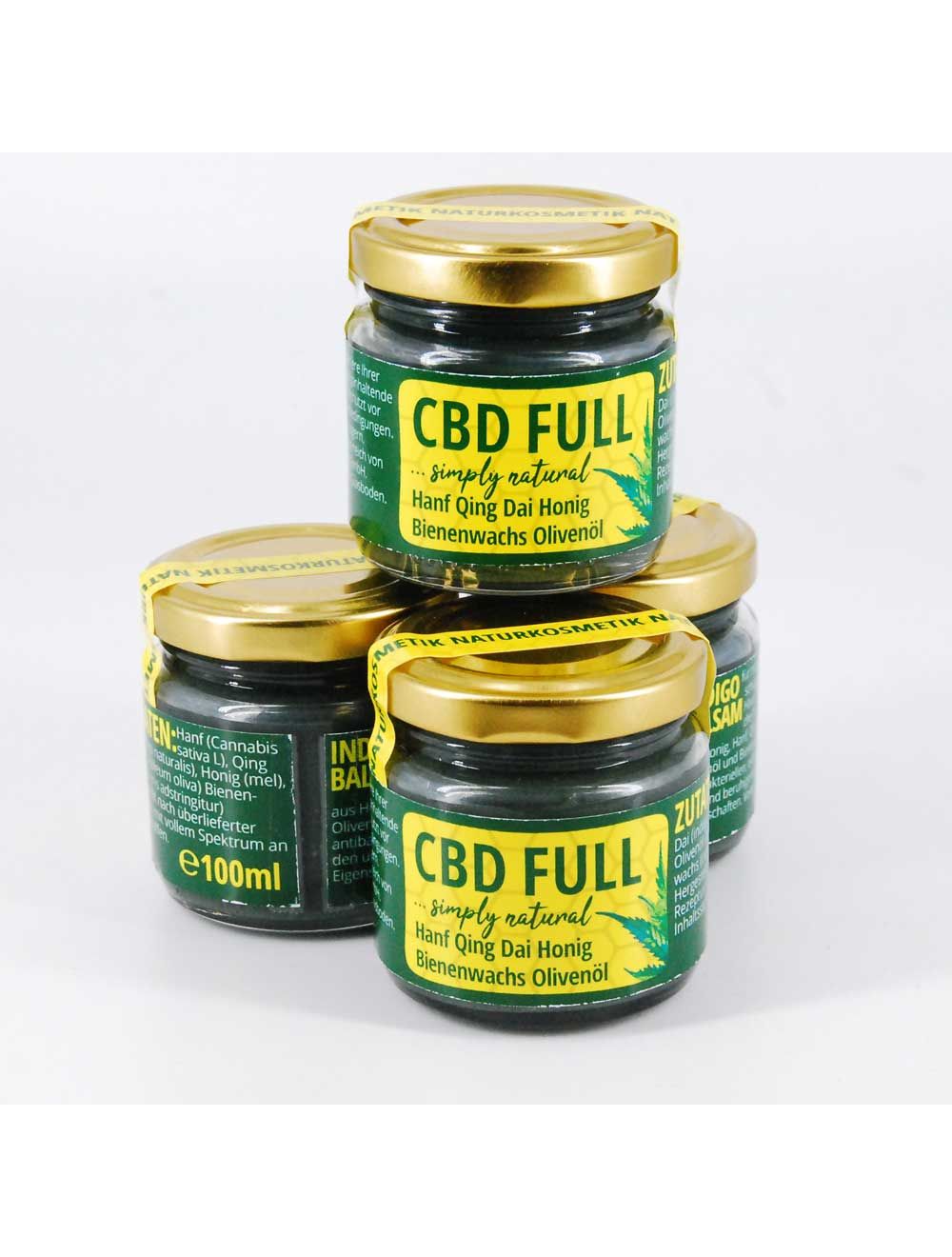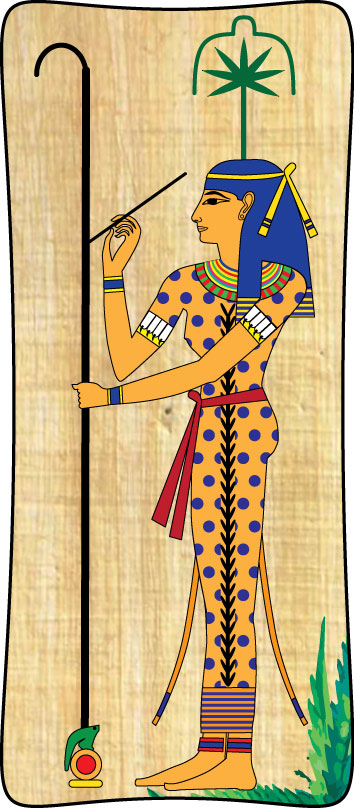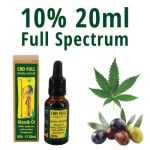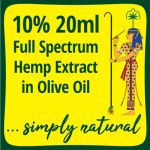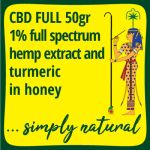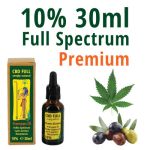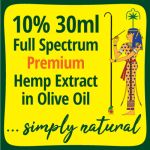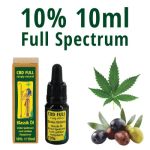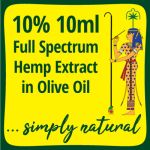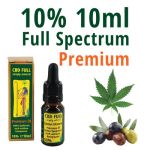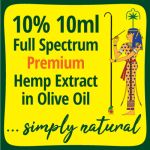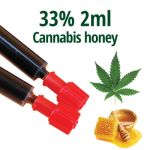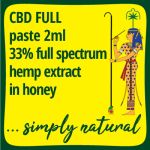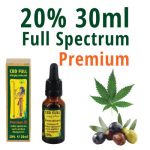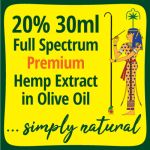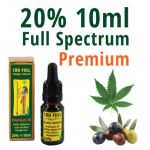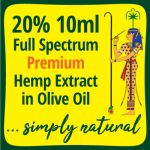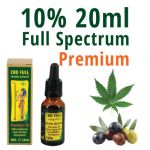100ml Indigo naturalis Balm CBD FULL

CBD FULL Indigo Naturalis Balm
is a handmade, natural skincare product designed to alleviate psoriasis and eczema. Enriched with full-spectrum hemp extract, olive oil, beeswax, and honey, it provides effective care, supports the skin barrier, and balances the skin's immune system. Free from artificial additives and scientifically tested, it is an ideal choice for a gentle and effective treatment.
100ml CBD FULL Indigo naturalis Balm

Cannabis extract (according to Paracelsus) honey, olive oil, beeswax and Indigo naturalis.
CBD FULL Indigo Naturalis Balm is a specially developed skin care product for people with psoriasis or eczema. The formula is based on a combination of natural ingredients and medicinal plants, inspired by ancient recipes. The product is handmade and free from artificial dyes, flavors, and preservatives.
Key ingredients include:
- Full Spectrum Hemp Extract: Contains all the secondary plant compounds present in the hemp plant to maximize the natural properties of the extract.
- Indigo Naturalis: has been shown to be effective in alleviating symptoms of psoriasis and eczema by reducing inflammation and promoting skin regeneration.
- Beeswax: Helps bind the ingredients and provide a smooth consistency while also forming a protective barrier on the skin.
- Olive Oil: A natural oil that nourishes the skin and provides moisturizing properties to reduce dryness and itching.
- Honey: Has antibacterial and anti-inflammatory properties to soothe the skin and support the healing process.
CBD FULL Indigo Naturalis Balm restores the natural skin barrier and balances the skin's immune system to alleviate symptoms of psoriasis or eczema. The positive effects of the balm have been tested and confirmed by scientific research.
INSTRUCTIONS FOR USE:
For optimal results, apply CBD FULL Balsam to damp skin after washing. Since the pores are open in this state, the balm can penetrate deeper into the skin and fully unleash its effects. Pamper your skin with this valuable balm and enjoy the feeling of healthy and radiant skin
| More Infomation | Dear Customer Our products are carefully handcrafted using traditional ancient recipes and are subject to strict control procedures. The statements about the positive effects on the immune system are based on solid research findings. If you would like more information, please do not hesitate to use the provided links: Research on Balsam Basic Researches Indigo Naturalis (青黛 Qing dai) in Cosmetics |
|---|

 Deutsch
Deutsch 